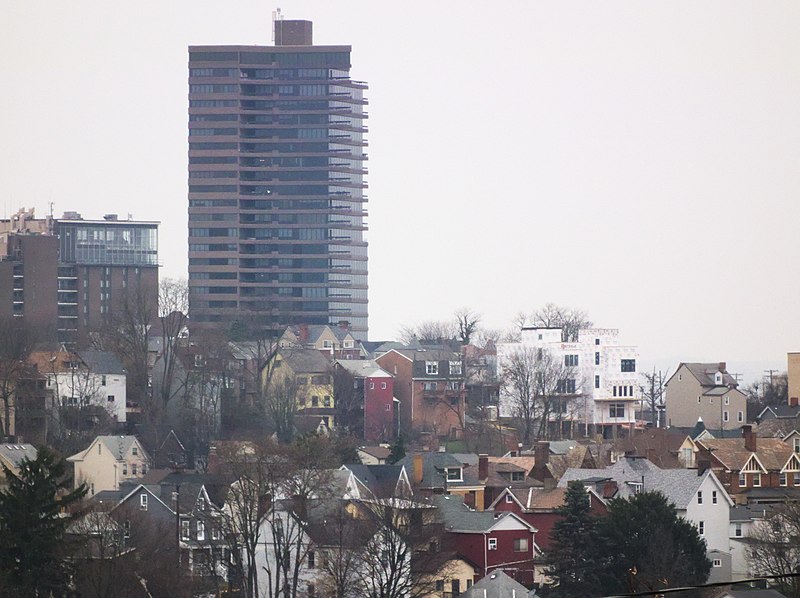
Long views with a long lens remind us of what an absurd place this is to build a city. Above, the Trimont looms over houses and small apartment buildings that it makes look tiny; below, uncommon views of St. Mary of the Mount Church.
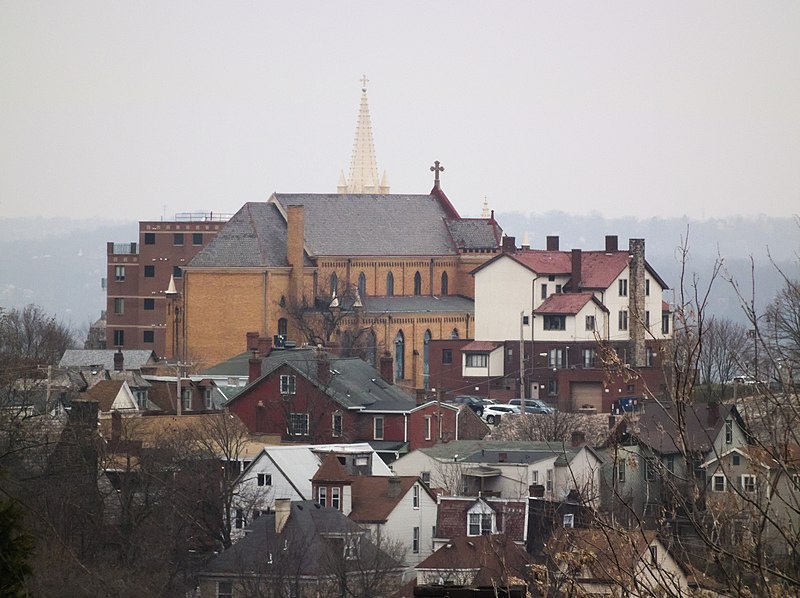


The firm of James T. Steen & Sons gave us many prominent buildings. The elder James died in 1923, but the firm flourished under his son Marion M. Steen, whose particular specialty was schools. Here is one of his finest works, built in 1931 with additions in 1937. The school closed in 2006, but it was converted to loft apartments without losing any of the glorious Art Deco decorations and reliefs.
Addendum: The reliefs are by Charles Bradley Warren, who also did Pursuit of Knowledge on North Catholic High School.
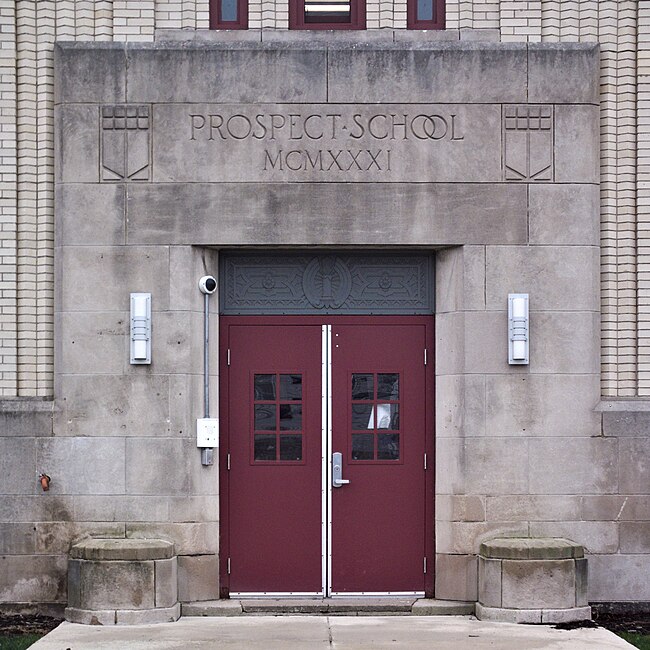
Old Pa Pitt seldom does this, but because there are eighteen pictures in this article, he will avoid weighing down the front page of the site by placing the rest of them below the metaphorical fold.
(more…)
One of the little neighborhood libraries designed by Alden & Harlow, this one has a prime location on Grandview Avenue, making it possibly the library with the best view in the world.
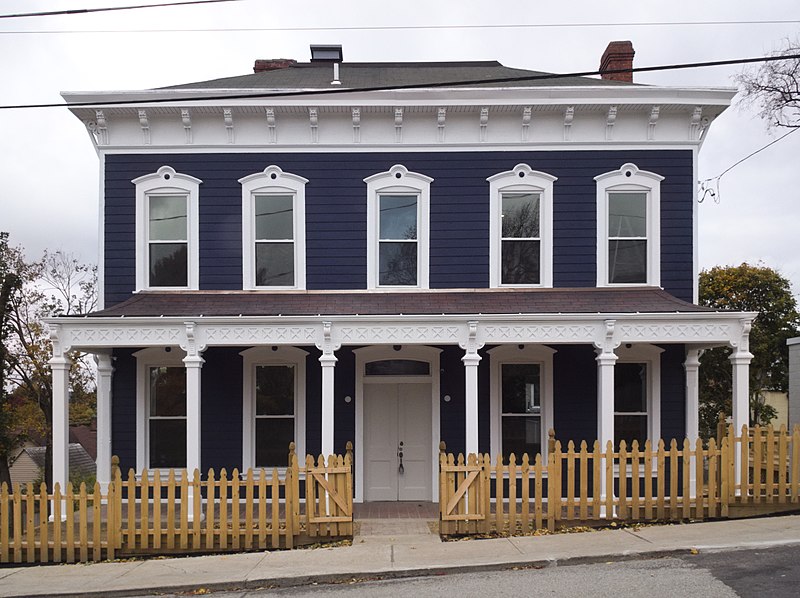
The finishing touches were still being finished up when old Pa Pitt strolled past this splendid house on Bertha Street. Old maps suggest that it was built between 1872 and 1882, and thanks to a thorough restoration it almost looks as if it was built yesterday.
Father Pitt hopes the owners will resist the temptation to leave the picket fence unpainted. Treated lumber may not have to be painted, but it will never be attractive in its unpainted state.


The cornice brackets are fine examples of folk-art woodwork.
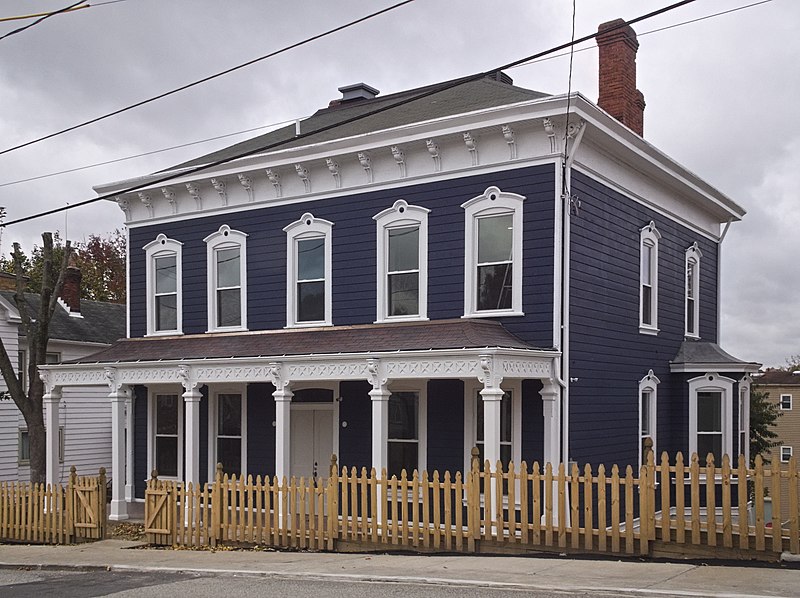

Now the Vintage Church. This church on Bailey Avenue is a fine example of what happens when streamlined Art Deco meets Tudor Gothic.
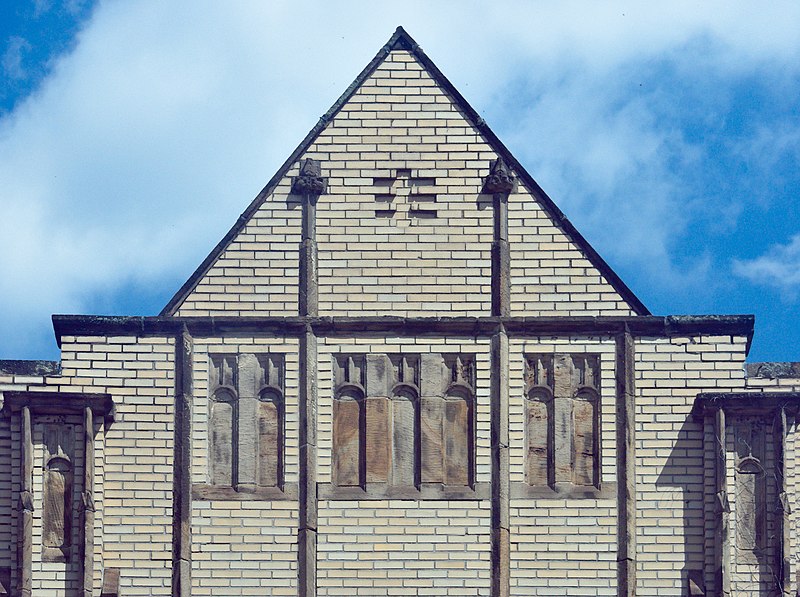
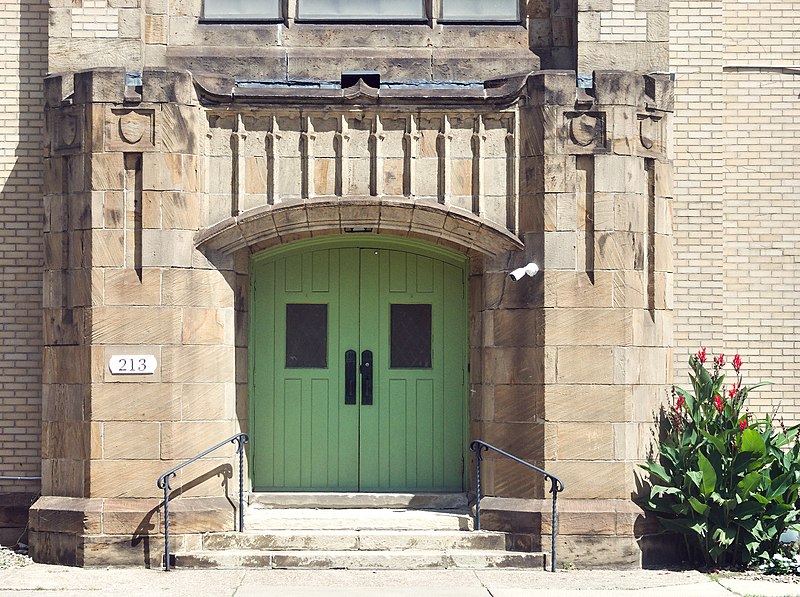

Addendum: The church was built in 1927 or shortly after; the architect was George M. Rowland. Source: The Charette, July, 1927: 310. “Architect: Geo. M. Rowland, Bakewell Building. Title: Mt. Washington U. P. Church and Parsonage. Location: Bailey Avenue. List of Bidders: Golden & Crick; Lash & Bailey; Edw. Wehr; Ross K. Sefton; Rose & Fisher; J. F. Haldeman; A. & S. Wilson Company. Bids close June 22. Brick and stone trimming; wood construction interior; steel stairs. Plumbing, Heating and Electric reserved, also equipment, leaded glass, hardware and landscape.”

Why is there a narrow strip of forest between these two streets on Mount Washington? And, for that matter, why was the neighborhood laid out with two streets so absurdly close together, so that nothing fits between them but a narrow strip of forest?
You already know the answer, of course, because you read the title of this article. It used to be an incline.
Several inclines, of which two are still going, went up Mount Washington from the South Side. Only one went down the back slope of Mount Washington: Castle Shannon Incline No. 2, which began at the upper station of the Castle Shannon Incline on Bailey Avenue and ran down along Haberman Avenue to Washington Avenue (now Warrington Avenue) in Beltzhoover. This was more or less a cable-car line, like the ones that still run in San Francisco and ran all over Pittsburgh for a brief period before electric streetcars took over. It ran for a little more than twenty years; it opened in 1892 and was closed in 1914.
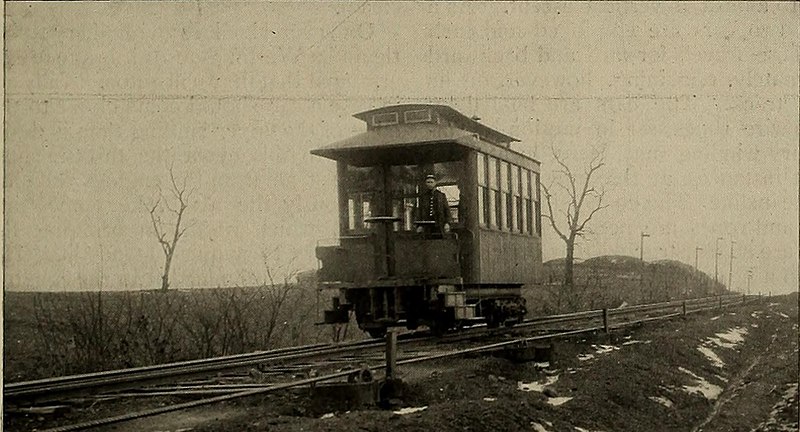

This picture of abandoned freight cars along the incline, taken in 1916, shows the cable in the middle of the track.

A simple Gothic design that leaves huge openings for stained glass. The parsonage is a typical Pittsburgh foursquare house, but attached directly to the left side of the church.

Note the usual Pittsburgh adaptations to steep slopes.
The congregation these days has a taste for delightfully direct and confrontational signs like PREPARE TO MEET THY GOD or BE SURE YOUR SIN WILL FIND YOU OUT. Old Pa Pitt approves. Those signs make religion sound lively and exciting, the way it should be.

We continue our study of churches with the sanctuary upstairs. Like the First German Evangelical Church we saw recently, this one sits on a steep hillside lot, and therefore requires a considerable climb even before you get to the downstairs entrance.

The building has been converted to apartments, but the front of it has been maintained without serious alterations.
